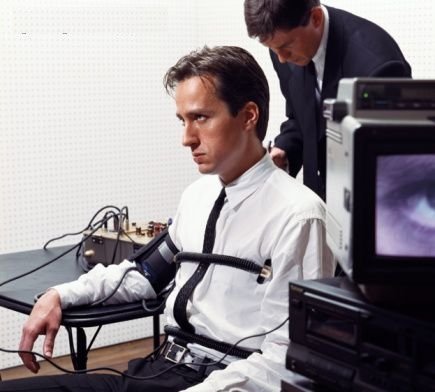
In a world where truth and deception often intersect, lie detector tests have long been used as tools to unravel the mysteries of dishonesty. These tests, also known as polygraphs, have been a subject of fascination and debate for decades. The allure of uncovering hidden truths through physiological responses has captured the imagination of many, but beneath the surface lies a complex web of science and uncertainty.
As individuals grapple with questions of trust and transparency, the allure of lie detector tests persists. The quest to unveil deception, to separate fact from fiction, drives the ongoing interest in these tests. But as technology and society evolve, so too must our understanding of the capabilities and limitations of these tools.
History of Lie Detector Tests
The origins of lie detector tests can be traced back to the early 20th century. One of the first devices used for this purpose was the polygraph, which measures physiological responses such as heart rate, blood pressure, and breathing patterns in response to questioning.
The polygraph was developed by John Augustus Larson, a medical student and police officer, in the 1920s. Larson’s invention laid the foundation for modern lie detector tests, which are still widely used in various fields such as law enforcement, employment screenings, and investigations.
Over the years, the use of lie detector tests has sparked controversy and debate regarding their accuracy and reliability. Despite advancements in technology, critics point out that these tests are not foolproof and can be influenced by factors such as anxiety, fear, and individual differences in physiological responses.
How Lie Detector Tests Work
Lie detector tests, also known as polygraphs, measure physiological responses such as heart rate, blood pressure, and perspiration to determine if a person is being deceptive. The underlying assumption is that when someone lies, these physiological indicators change due to increased stress levels.
During a lie detector test, the individual is asked a series of questions while sensors attached to their body monitor their physiological responses. These sensors typically record data related to respiration, cardiovascular activity, and skin conductivity, among others.
The collected data is analyzed by a trained examiner who looks for patterns of physiological responses that suggest potential deception. However, it is important to note that while lie detector tests can provide valuable insights into a person’s stress levels during questioning, they are not foolproof and can be influenced by various factors, including the individual’s emotional state and overall health.
Controversies Surrounding Lie Detector Tests
One key controversy surrounding lie detector tests is their accuracy. Critics argue that these tests are not foolproof and can be influenced by various factors such as the individual’s mental state, physical condition, and the skill of the examiner.
Another contentious issue is the use of lie detector tests in legal proceedings. While some jurisdictions accept polygraph results as evidence, others consider them unreliable and inadmissible in court due to concerns about their validity and the potential for manipulation.
Polygraph
Privacy concerns also play a significant role in the debate over lie detector tests. Critics raise ethical questions about the invasive nature of these tests and the potential infringement on individuals’ rights to privacy and autonomy.




